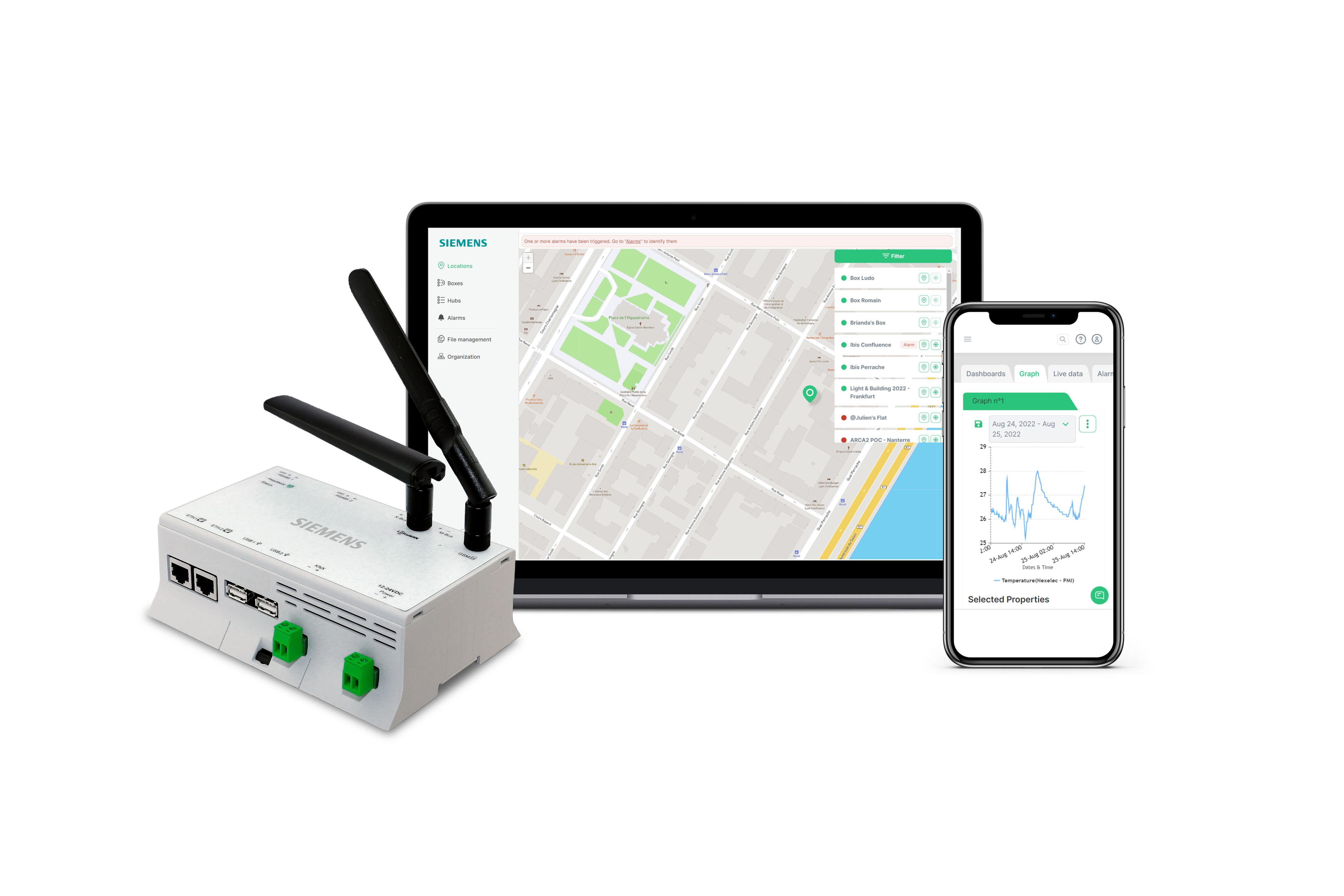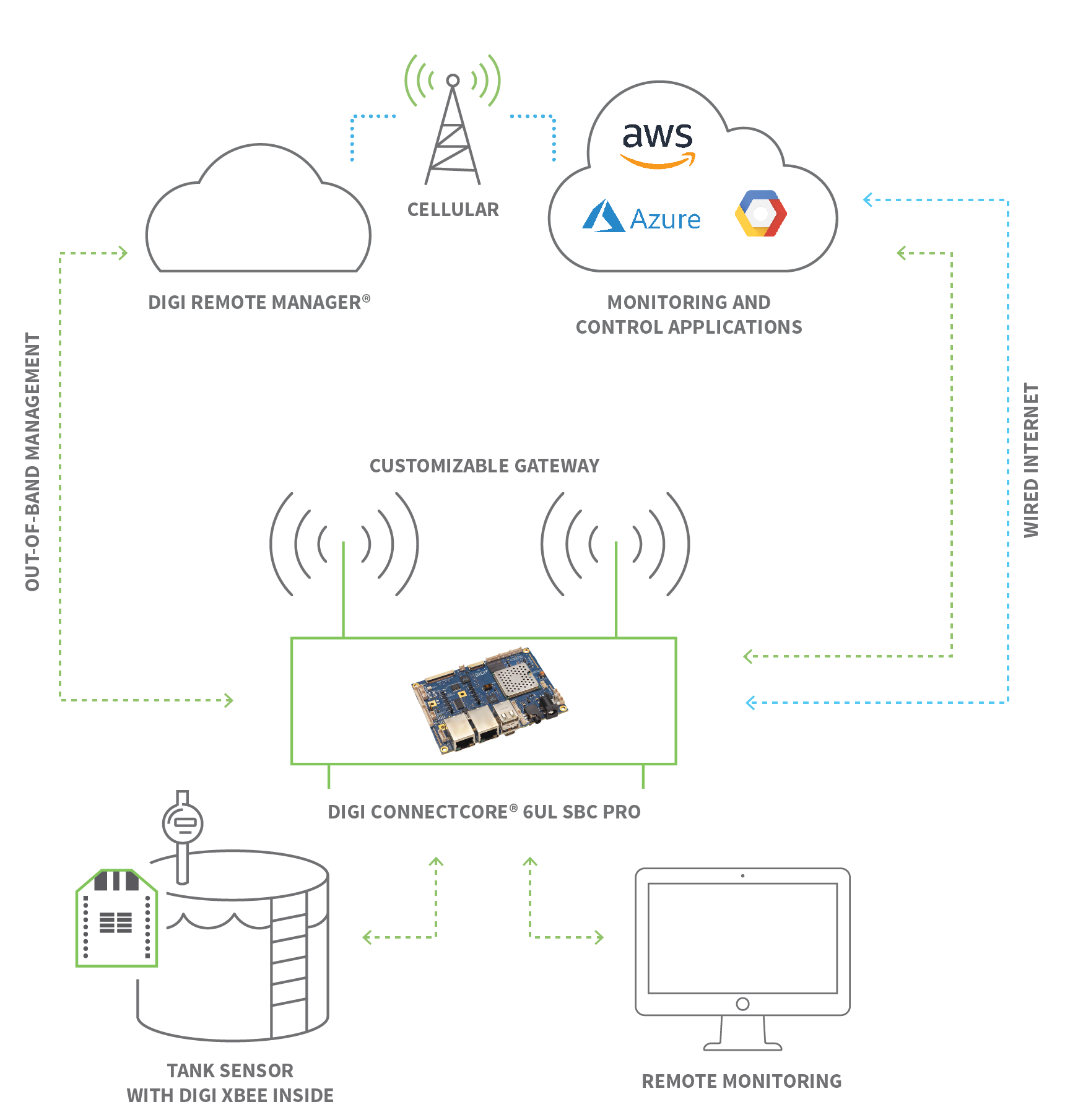Is the seemingly boundless potential of the Internet of Things (IoT) fully realized without the ability to reach and manage devices from afar? The cornerstone of effective IoT deployment lies in the capacity for remote access, enabling users to connect, monitor, and control their devices from anywhere, at any time.
The digital landscape is rapidly evolving, and with it, the complexity and interconnectedness of our devices. IoT, the network of physical objects embedded with sensors, software, and other technologies, promises unprecedented levels of automation and data-driven insights. However, the true power of IoT is unlocked when these devices can be accessed and managed remotely. This remote access capability is not merely a convenience; it is a fundamental requirement for the efficient operation, maintenance, and scalability of IoT deployments.
Consider the implications for industries like manufacturing, agriculture, and transportation. Imagine a factory floor dotted with smart sensors, continuously monitoring machinery performance. Without remote access, technicians would need to be physically present to diagnose and fix issues, leading to costly downtime. Similarly, in agriculture, farmers rely on remote monitoring of environmental conditions, such as soil moisture and temperature, to optimize irrigation and crop yields. In the realm of transportation, connected vehicles require remote diagnostics and over-the-air software updates to ensure safety and functionality. These scenarios, and countless others, underscore the critical role of remote access in realizing the full potential of IoT.
The quest for effective remote access often begins with the software. Although specific software requirements may vary, certain key elements are consistently needed. The search for "Remote IoT device connect software download" frequently occurs. It is always a good practice to always check spelling. Remote connection software usually facilitates the initial setup and ongoing interaction with the IoT devices. It's through this software that users can establish a secure communication channel, configure device settings, and execute commands.
The availability of remote access features across different platforms is a significant factor in software selection. Compatibility with Android and iOS smartphones is often a critical requirement, enabling users to manage their devices from their mobile devices. The Arduino IoT Remote app, available for download from the Google Play Store and the App Store, is one such tool. This app provides a user-friendly interface for interacting with IoT devices, enabling users to monitor sensor data, control actuators, and receive notifications.
To get started with the Arduino IoT Remote app, users will need to create an Arduino account. The app itself is free to download and use, however, some features may require a specific subscription plan, such as the "phone as device" in background mode. The use of this app enables users to create custom dashboards to visualize data and control their devices.
VNC (Virtual Network Computing) is another common method for remote access, particularly for devices running Linux operating systems. Users can set up a VNC server on a device like a Raspberry Pi and then use a VNC client application on another device, such as a laptop or smartphone, to view and interact with the device's desktop remotely. This approach allows for full control over the device, including the ability to run applications and manage files.
Remote access extends beyond simple control; it also provides crucial insights. Digi Remote Manager, a comprehensive IoT device management application, offers a wealth of data regarding device performance, network connectivity, and security status. This information is essential for troubleshooting issues, optimizing device performance, and detecting potential threats.
Adding devices to the remote management platform is typically a straightforward process. Digi Remote Manager, for example, allows users to add devices individually or in groups, simplifying the management of large-scale deployments. This streamlined approach to device management is vital for efficiency and scalability.
Setting up remote access for IoT devices may vary based on the specific device and manufacturer. However, there are some general steps that are common.
The use of Web dashboards simplifies remote control of IoT devices. They provide a consolidated view of device status, historical data, and real-time information, making it easier to monitor and manage the devices remotely.
The advantages of remote access are evident. From smart appliances to industrial sensors and connected vehicles, remote access allows for efficient management and support, and helps in the smooth functioning of systems.
A powerful remote management platform is called RemoteIoT. This platform allows users to remotely control IoT devices using a web browser. This web browser accessibility opens up a world of convenience, as users can then access their devices from almost anywhere with an internet connection. The power is in the hands of the user.
The below is a table with basic information regarding Remote IoT Access.
| Aspect | Details |
|---|---|
| Definition | The ability to connect to, monitor, and control Internet of Things (IoT) devices from a remote location. |
| Purpose | Enables efficient management, maintenance, and support of IoT devices without the need for physical presence. |
| Key Components | Software for remote connection, secure communication channels, VNC (Virtual Network Computing) servers and clients, and web dashboards. |
| Applications | Smart appliances, industrial sensors, connected vehicles, and various other IoT devices. |
| Benefits | Reduced downtime, efficient troubleshooting, optimized device performance, and remote control capabilities. |
| Considerations | Compatibility with various operating systems (Android, iOS, Linux), secure data transmission, and the choice of remote access methods (e.g., VNC, cloud-based platforms). |
| Platforms | Arduino IoT Remote App, Digi Remote Manager, RemoteIoT. |
As we've navigated the landscape of remote IoT access, it is important to acknowledge the role of "Linux and IoT device management." Linux operating systems, known for their versatility and robustness, are frequently deployed on IoT devices. The ability to remotely access and manage these Linux-based devices is critical for their efficient operation and maintenance. Tools and techniques for remote access on Linux include Secure Shell (SSH) for secure command-line access, VNC for graphical desktop access, and various monitoring tools to monitor device health and performance. This focus on Linux underscores the importance of flexibility in device control.
Ultimately, the ability to remotely connect, monitor, and control IoT devices is not merely a technological advancement; it is a fundamental shift in how we interact with the world around us. The advantages of remote access are readily apparent across industries. As IoT continues to evolve, the importance of remote access will only intensify, making it a critical factor in achieving the full potential of the connected world.


